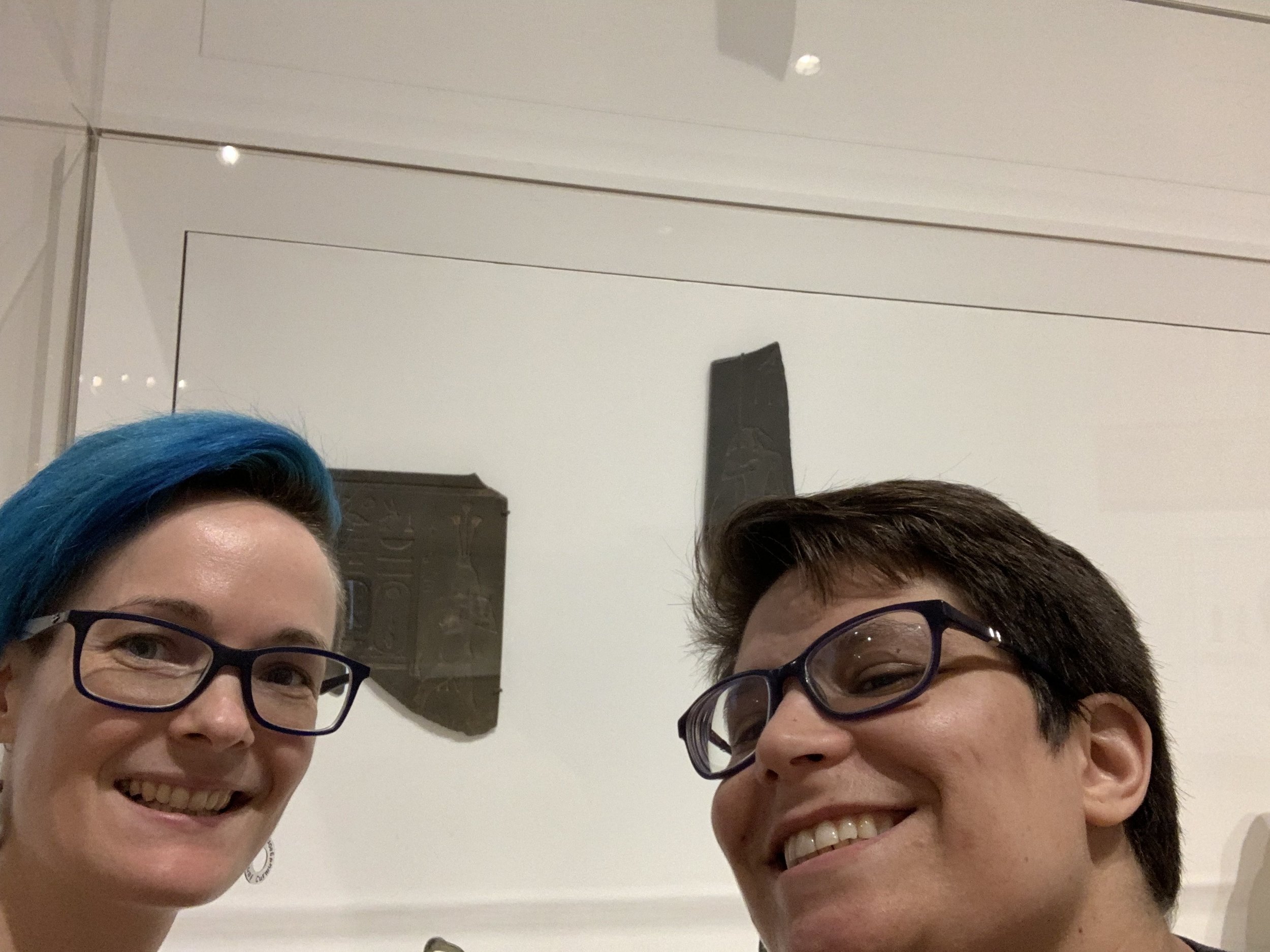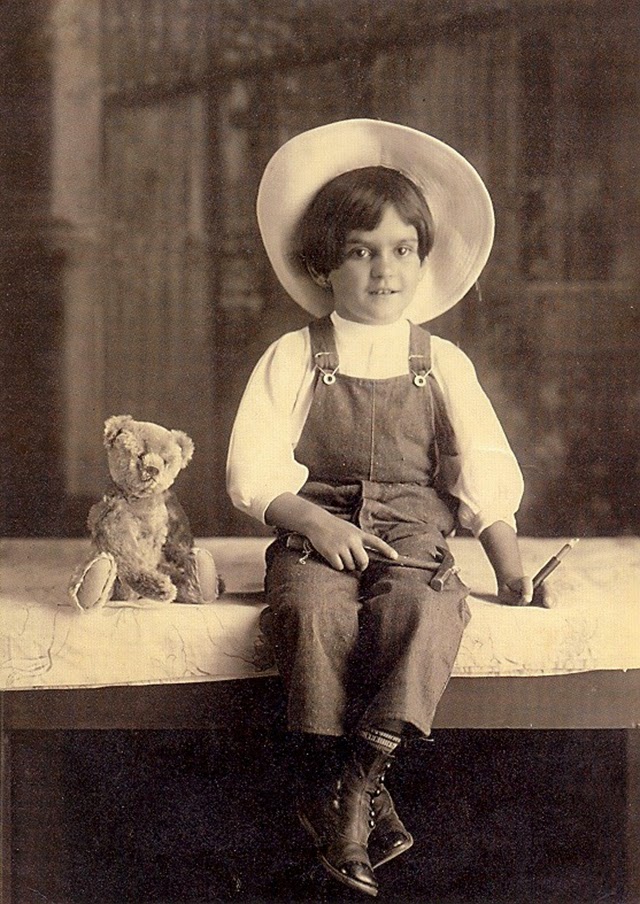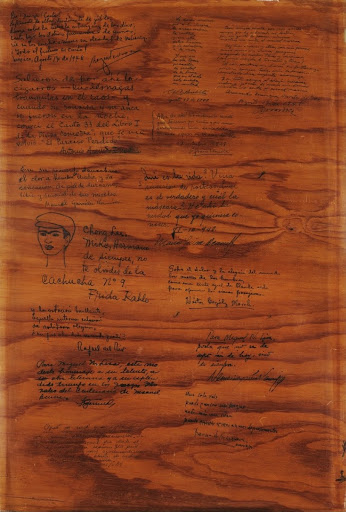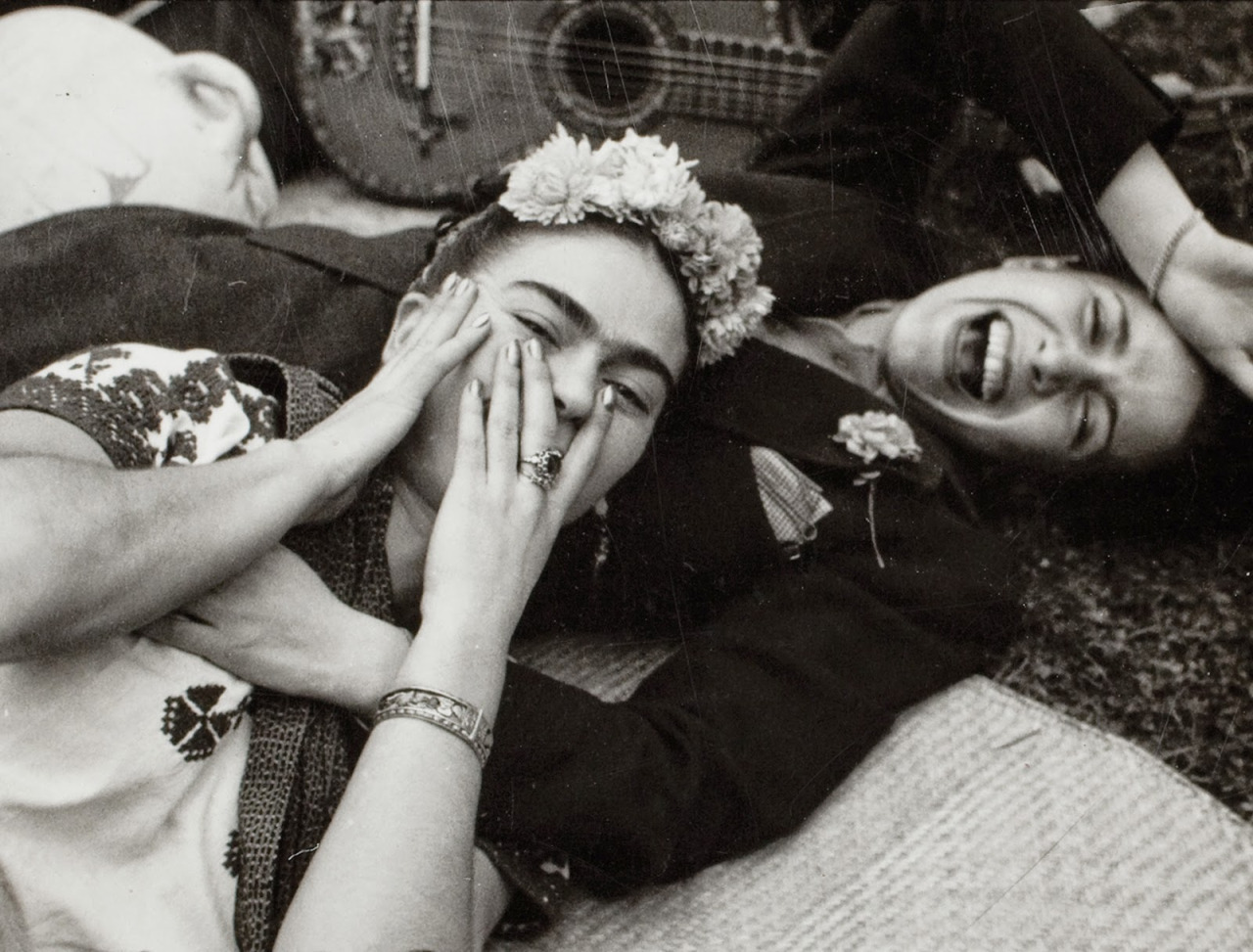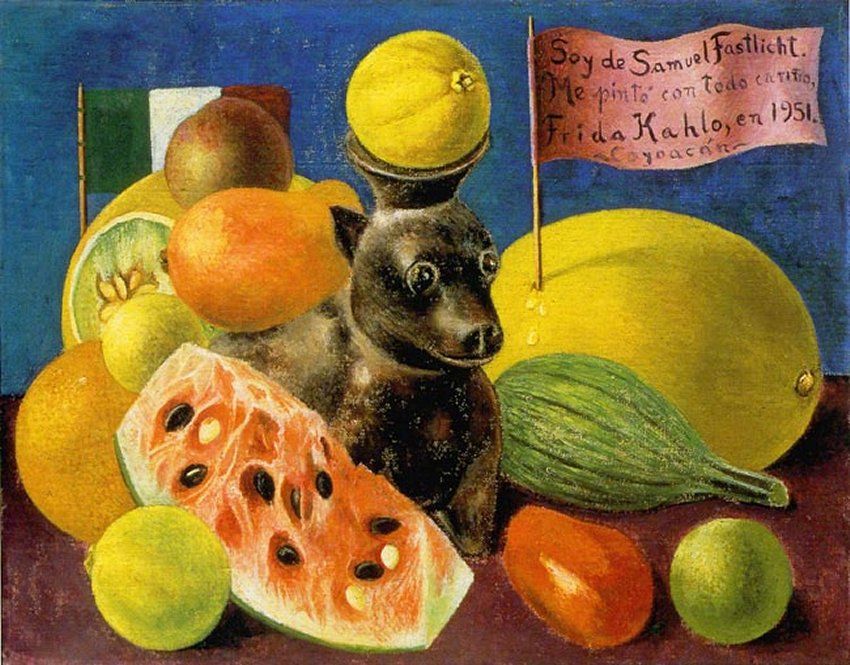24. Transcestor Artists, A Look At Art Beyond the Binaries
/Leigh and Gretchen are back from hiatus with an extra special episode! Recorded live at the Dallas Museum of Art on June 21st as part of the museum’s Pride events, your friendly neighborhood queer history nerds sat down to chat about gender diversity in art. Love mythology? Think that heteronormativity shouldn’t apply to deities? You’re in luck! Take a brief tour through gender diversity in Mesopotamian, Hindu, and Norse mythology—and it’s just scratching the surface! Leigh and Gretchen round off their conversation with a look at two modern artists who questioned and transcended gender norms in their lives and art: Anton Prinner and Frida Kahlo. So pull up a chair and hang out with a couple of gayvenclaws to, retroactively, celebrate pride and art beyond the binary!
A Closer Look at Trancestor Artists: Watch Our DMA Slide Show
Gretchen and Leigh Find Gay Things at the DMA!
So Excite!
Holy cow…
So official!
Etruscans
Their underworld was gay.
Because they’re Hapi
Clap along if you feel like a god with two genders.
Our favorite communist, bisexual, anti-colonialist, Picasso hating artist, Frida!
That’s it for History is Gay live from the DMA!
If you want to learn more about the differently gendered deities in mythology, Anton Prinner, or Frida Kahlo, check out our full list of sources and further reading below!
Mythology
Inanna/Ishtar
Hindu Deities
Hapi
Loki
Prose Edda
North, R; (2001) 'Loki's Gender: Or why Skaði Laughed'. In: Olsen, LAJR, (ed.) Monsters and the Monstrous in Medieval Northwest Europe. (pp. 141-151). Peeters Publishers and Booksellers: Louvain/Leuven.
Anton Prinner
http://biralat.hu/index.php?searchenginerUrl=muveszek/prinner_anton_.909.html&language=en
https://next.liberation.fr/culture/2007/05/07/anton-prinner-entre-mystere-et-esoterisme_92262
Frida Kahlo
Imagining Her Selves by Gannit Ankori
Religious Imagination and the Body: A Feminist Perspective by Paula Cooey
Frida Kahlo: Role Model for Artists, People with Disabilities and Bisexual Women
Exploring Frida: The Sexuality, Gender, and Politics of Frida Kahlo





